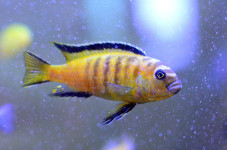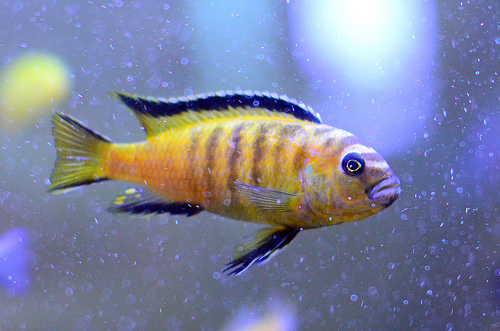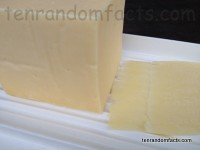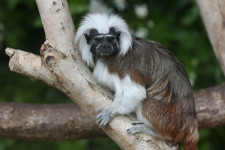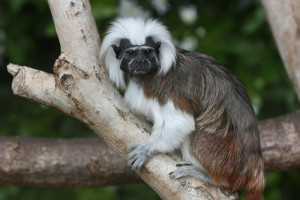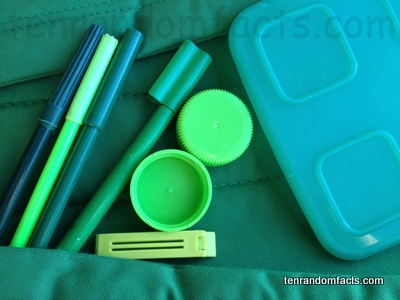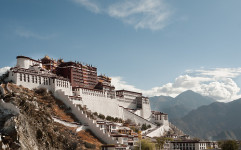
Potala Palace is quite high up.
- Potala Palace is a historic Buddhist building located on Red Mountain, Red Hill, or Marpo Ri as it is known, in Tibet’s Lhasa, in Asia.
- The construction of the Potala Palace began in 1645, taking three years to build the outside structure, and it was completed in the 1690s.
- Potala Palace was created due to the recommendation of the adviser of the Head of State and fifth Dalai Lama, Lozang Gyatso, and it was suggested that the location would be advantageous for political reasons.
- A smaller palace originated on the site of Potala Palace, which was built in the 600s, while sections of the older building are still evident in some parts.
- The UNESCO World Heritage Convention designated Potala Palace a World Heritage Site in 1994, which was expanded to include other surrounding historical buildings in 2000 and 2001.
Potala Palace
Image courtesy of Will De Freitas/Flickr
- Since 2003, numbers of tourists that can enter Potala Palace each day have been limited, so as to reduce damage to the building, however it remains a popular tourist attraction.
- Potala Palace is split into two differently purposed buildings, or palaces, as they are called – one for general living and one for religious purposes, marked via white and red colours respectively, and known as Potrang Karpo (White Palace) and Potrang Marpo (Red Palace).
- Potala Palace extends to an area of more than 130,000 square metres (1.4 million square feet) and is 110 metres (161 feet) in height.
- To prevent destruction caused by earthquakes, the base of Potala Palace is said to have been reinforced with copper during the original construction.
- The palace, officially ‘Historic Ensemble of the Potala Palace’, has been known as ‘Bùdálā Gōng’ in Pinyin, and the name ‘Potala’ is a reference to a sacred mountain in India.
Bibliography:
Historic Ensemble of the Potala Palace, Lhasa, 2015, UNESCO World Heritage Convention, http://whc.unesco.org/en/list/707
Potala Palace, 2015, Wikipedia, https://en.wikipedia.org/wiki/Potala_Palace






